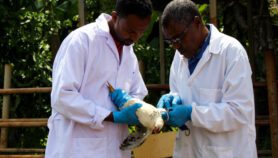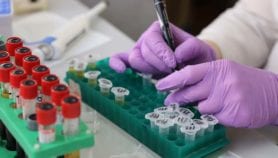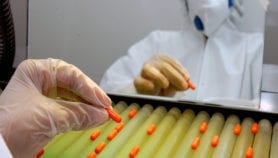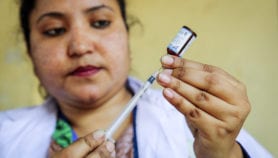Send to a friend
The details you provide on this page will not be used to send unsolicited email, and will not be sold to a 3rd party. See privacy policy.
Development of intellectual property rules means that new plant varieties are no longer openly available for use — a situation that some in developing countries have raised concerns about. The World Trade Organisation’s agreement on trade-related aspects of intellectual property rights (TRIPS), for instance, ensures that a patent owner’s permission must be granted before patented products can be imported.
In this article in Science, Bonwoo Koo and colleagues review the variety of plant-related intellectual property legislation practised worldwide. The authors discuss direct patenting of plants or plant products (such as seeds), and approaches that allow ‘benefit sharing’ — in which both those who preserve or develop the resource (for example, plant breeders and farmers) enter into a mutually beneficial agreement with those wanting to use the resources (such as researchers). They also analyse the policy of ‘sui generis‘ systems of protection — created on a case by case basis — that allow plant breeders to control the commercialisation of their plant varieties.
The broad scope of international treaties means that countries can each implement them in different ways, thus “tailoring legislation” to local circumstances, say the authors. They add that rich countries are more restricted by intellectual property legislation than are poor countries. The authors also believe that the development of intellectual property rights legislation does not threaten crop research or commercialisation of new varieties in developing countries.
Link to full article by Bonwoo Koo et al in Science
Reference: Science 306, 1295 (2004)













